Recent News
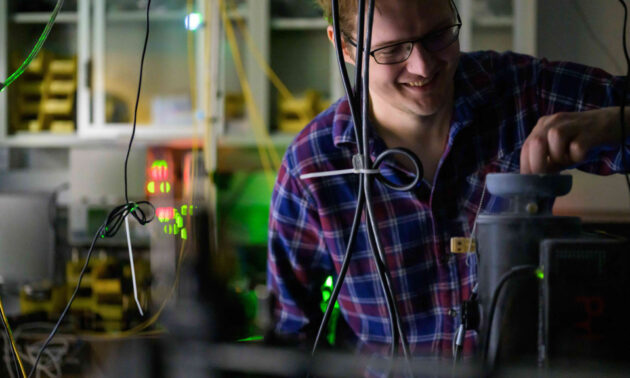
Placing two layers of special 2D materials together and turning them at large angles creates artificial atoms with intriguing optical properties.
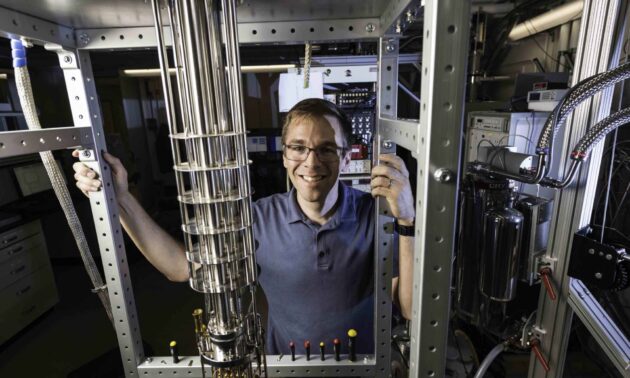
Confirmation of this elusive state in quantum systems could lead to more efficient quantum devices.

Ehsan Hoque, William Renninger, and Petros Tzeferacos have been named Presidential Early Career Award for Scientists and Engineers (PECASE) recipients.
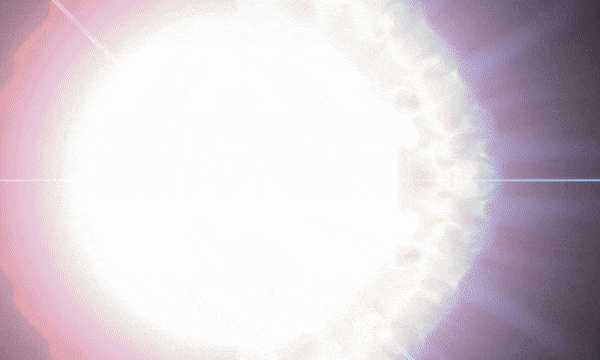
At the Laboratory for Laser Energetics, 91╫╘┼─┬█╠│ scientists harness AI to bring fusion research into sharper focus.
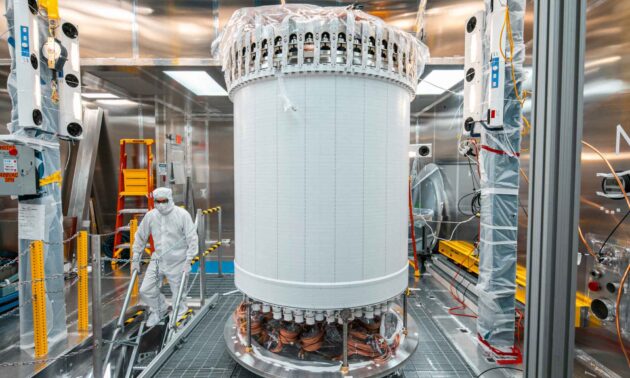
Researchers collaborating on the worldтАЩs most sensitive dark matter detector credit 91╫╘┼─┬█╠│тАЩs contributions in detecting weakly interacting massive particles.
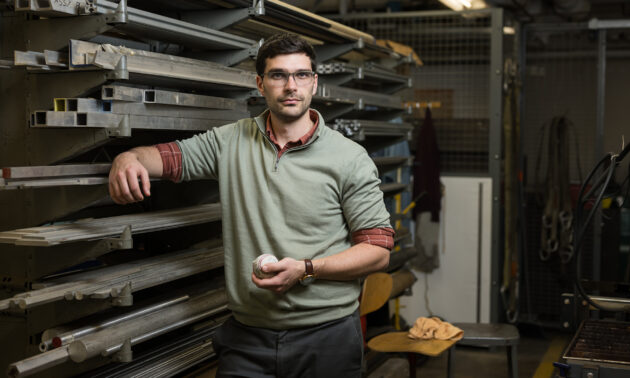
JJ Ruby тАЩ21 (PhD) is helping the Major League Baseball team gain an edge through experimental physics and computational statistics.

The recommendation is based on new research from 91╫╘┼─┬█╠│ scientists about the role of streaming instability in forming moons and planets.
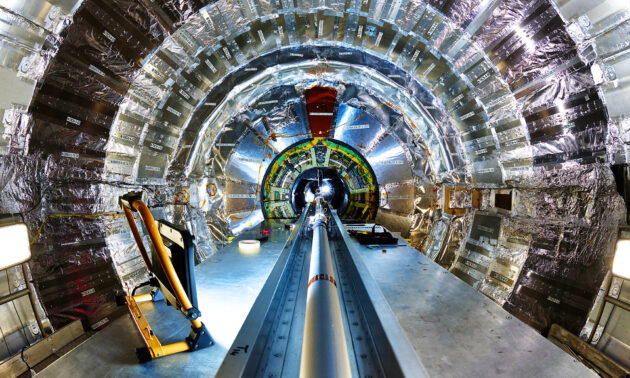
The researchers have confirmed that quantum entanglement persists between top quarks, the heaviest known fundamental particles.
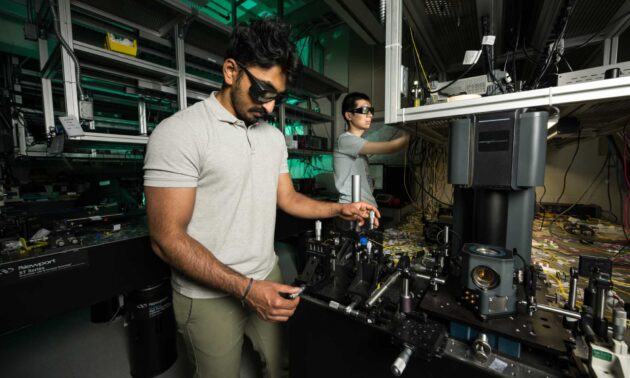
Researchers have developed new methods to couple light to sound waves that glide on surfaces.

This is the first time since 2009 that three University faculty members have been elected in one year.